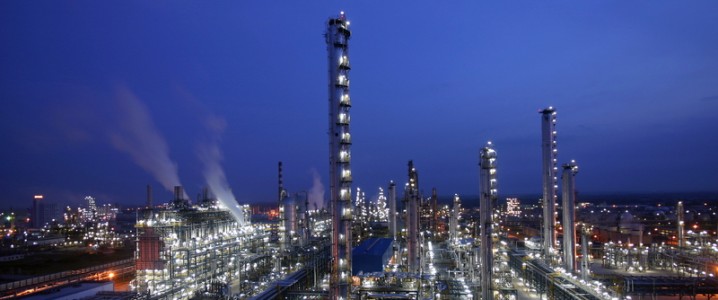Crude prices dipped slightly before jumping again after the Energy Information Administration reported an inventory decline of 4.6 million barrels for the week to January 7.
The inventory change followed an estimated 2.1-million-barrel decline for the previous week.
In fuels, however, the EIA reported builds across the board.
Gasoline inventories added 8 million barrels in the first week of the new year, compared with a hefty build of 10.1 million barrels for the previous week.
Gasoline production averaged 8.6 million bpd, which compared with 8.5 million bpd in the previous week.
In middle distillates, the EIA estimated an inventory increase of 2.5 million barrels for the first week of January, which compared with a build of 4.4 million barrels during the last week of December 2021.
Middle distillate production averaged 4.8 million bpd last week, compared with 5 million bpd in the previous week.
Refinery runs last week averaged 15.6 million bpd, which compared with 15.9 million bpd for the previous week. Imports averaged 6.1 million bpd, compared with 5.9 million bpd during the last week of 2021.
Oil prices meanwhile have been oscillating rapidly driven by production changes in Libya, fluctuating concern about the effect the Omicron variant will have on demand and OPEC’s melting spare production capacity.
At the time of writing Brent crude was trading at $84.28 per barrel and West Texas Intermediate was changing hands at $82.17 per barrel both up as tailwinds gained the upper hand temporarily. Among these was the change in attitude towards the latest coronavirus variant, with analyst joining OPEC in expecting the effect of the latest infection wave to be short-lived.
“Omicron has yet to wreak the havoc of the Delta variant and may never do so, keeping the global recovery on track,” OANDA analyst Jeffrey Halley told Reuters.
Another reason for bullish price predictions has to do with OPEC’s dwindling spare capacity.
“Combination of facts – that demand is going to be stronger than anticipated and that OPEC’s supply may not grow as fast as the demand – is why prices are climbing,” said Price Futures Group analyst Phil Flynn, as quoted by Reuters earlier this week.
By Irina Slav for Oilprice.com
More Top Reads From Oilprice.com:
